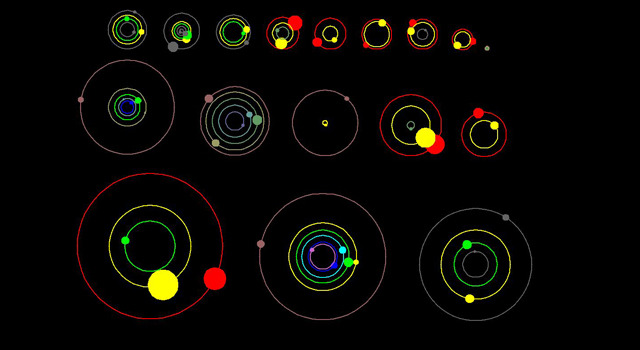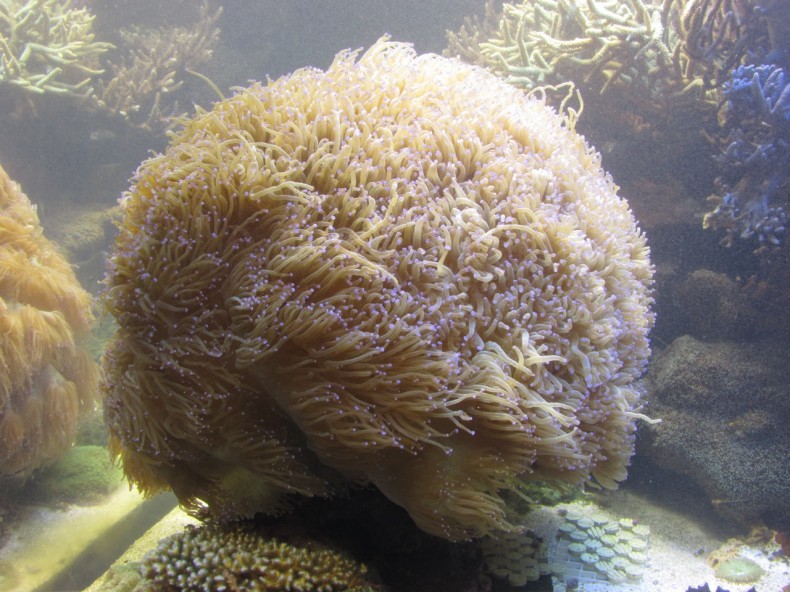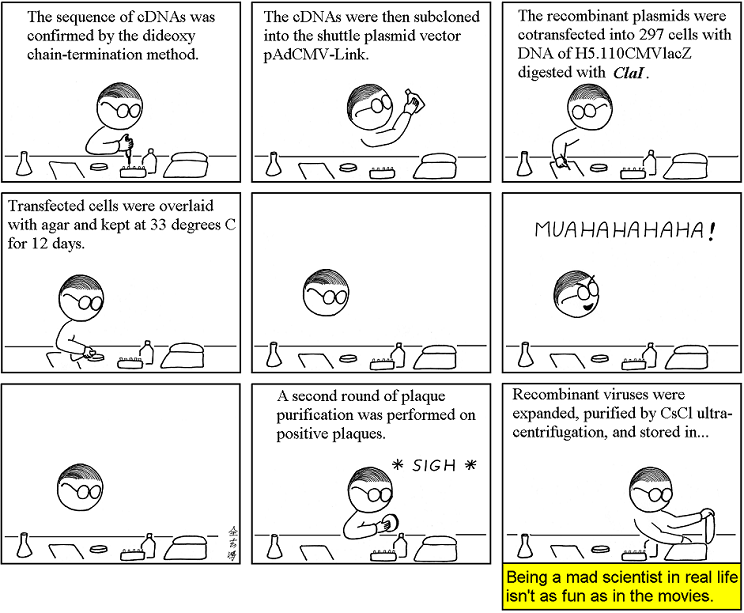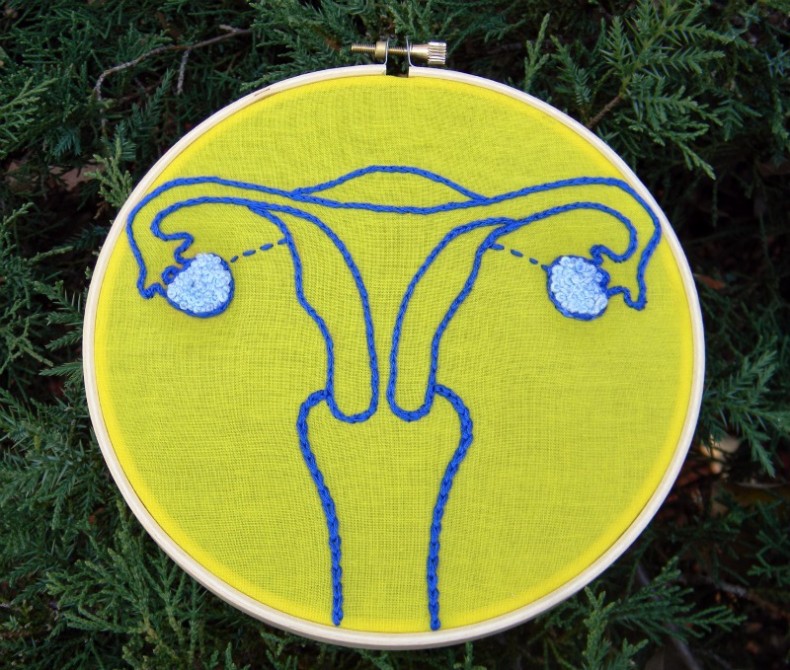[NOW WITH NEW VISUALIZATION: see below]
Planets around other stars, exoplanets, have given me a long-running case of boredom – how long can you sustain OMG LOOKIT THAT PLANET HAS TWO SUNS? not long. I keep writing about them anyway. I do it because 1) sometimes somebody pays me to; and 2) the planets may or may not be interesting in themselves but the systems they’re in OMG THAT PLANET ISN’T GOING AROUND ITS SUN’S EQUATOR IT’S GOING OVER THE POLES! cause serious anti-Copernican shock. That is, though we’ve learned we’re not special in the universe, OMG NOT ONLY ARE WE SPECIAL AFTER ALL WE’RE APPARENTLY THE ONLY ONE THERE IS!
NASA and the ground-based planet hunters are fixated on finding another earth but — aside from the rigors of proving habitability — all they’ve found so far is not us. The most common exoplanets, of the thousands found so far, are bigger than Earth and smaller than Neptune; they’re called super-Earths or sometimes sub-Neptunes and up to half the sun-like stars have them. Our solar system has none (0, zero) of them. But being on an unlikely planet isn’t all that amazing.
What’s amazing is that no other solar system – more properly, planetary system – looks anything like ours. True, the two main planet-finding techniques are best at systems with exoplanets close to their stars. And if these techniques were looking at the solar system, they’d likely find the inner terrestrials and miss the outer giants. But never mind because the planetary systems they’re finding so far could give you a solid case of CAPS-LOCK.








